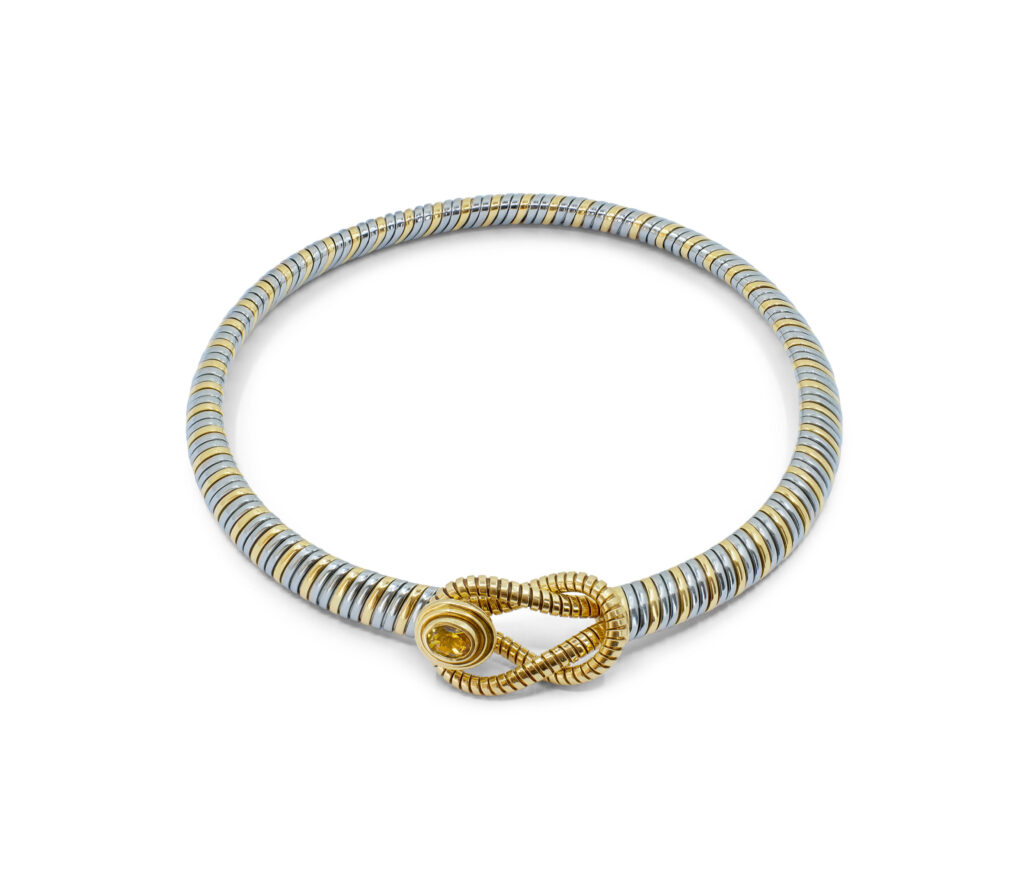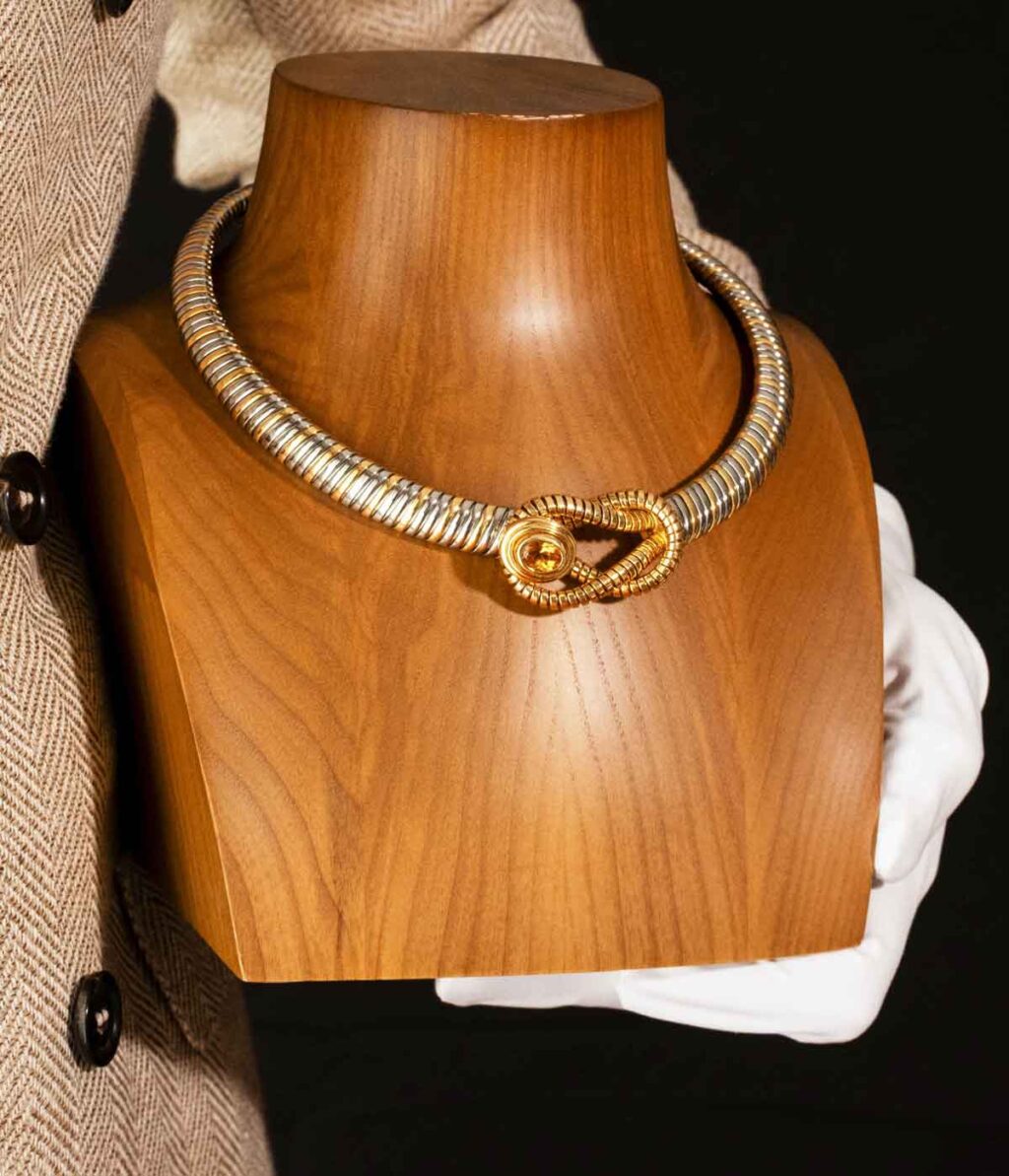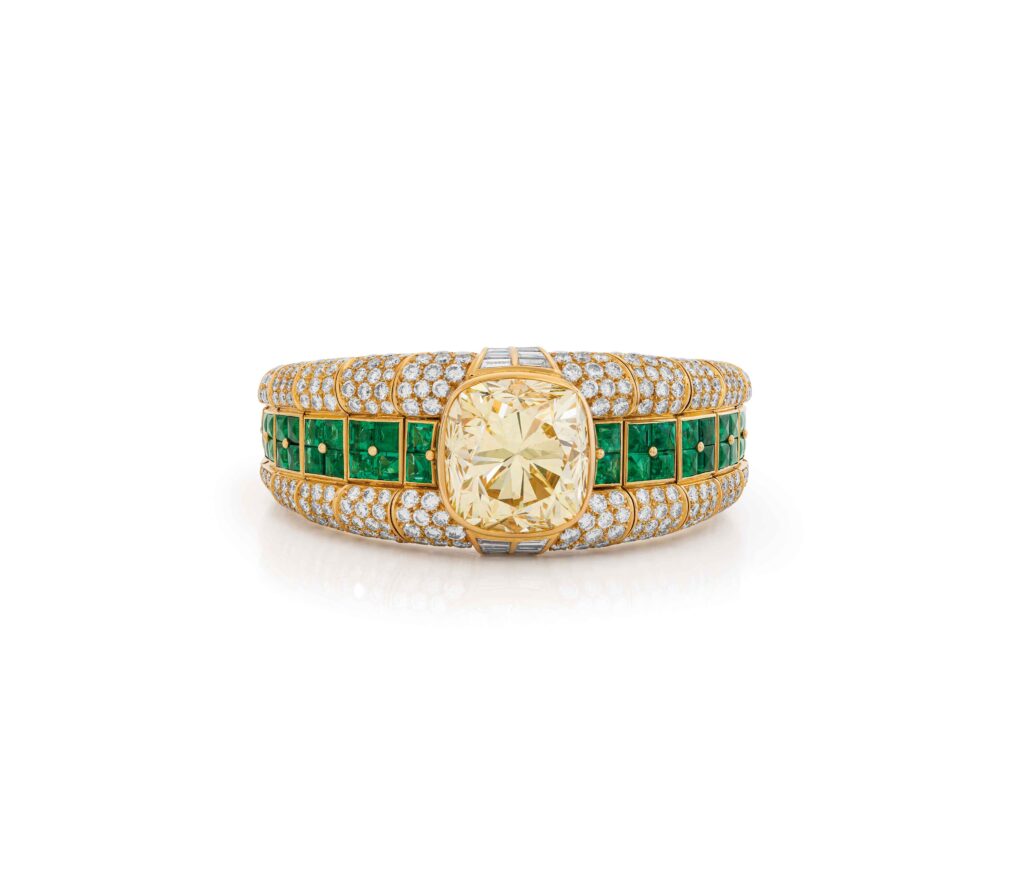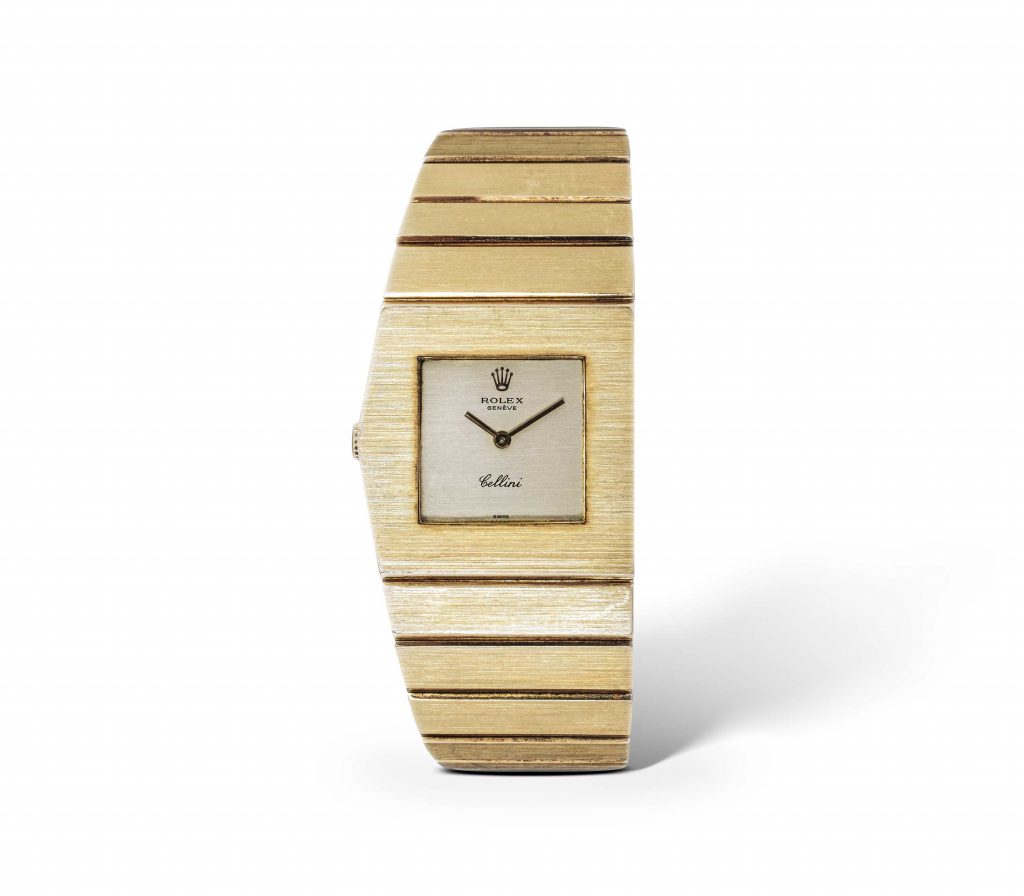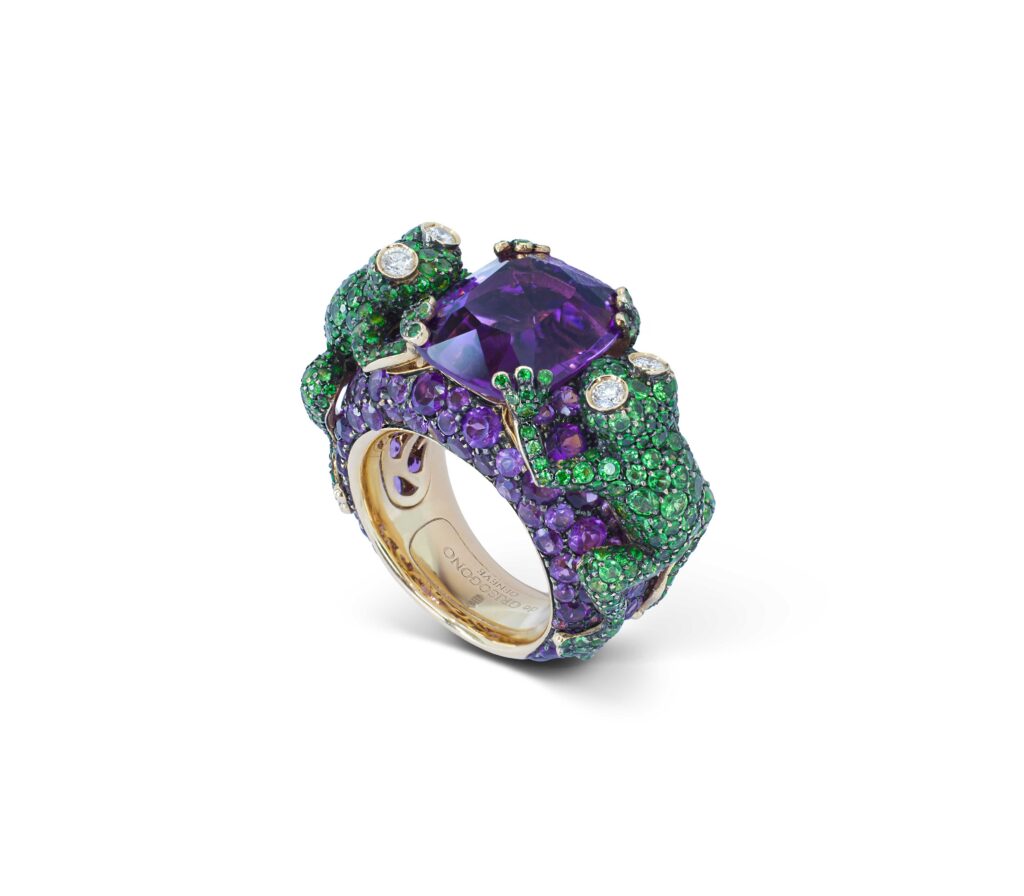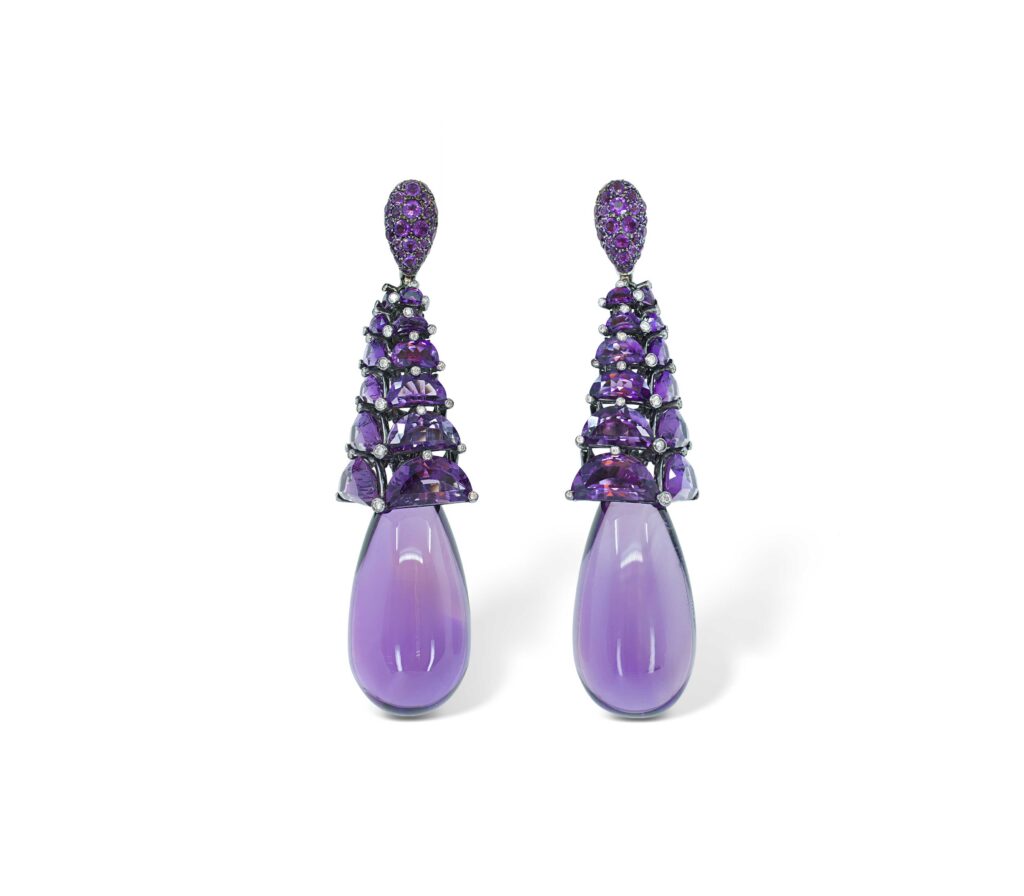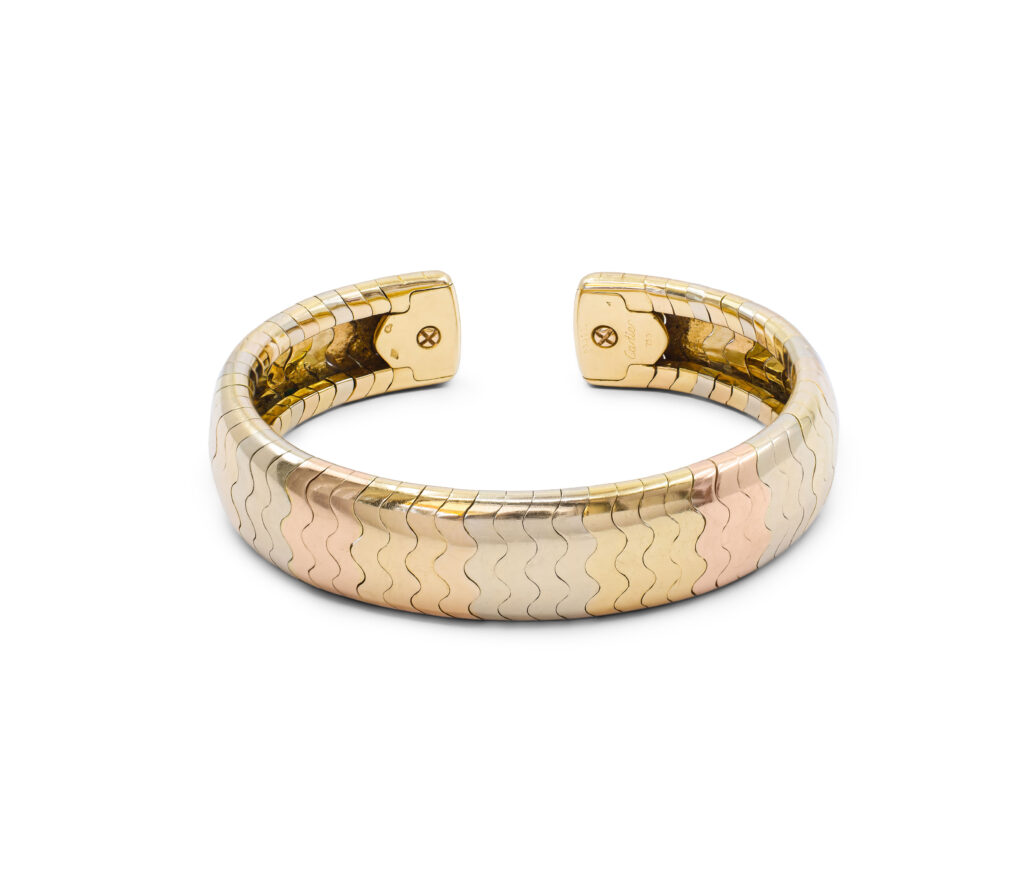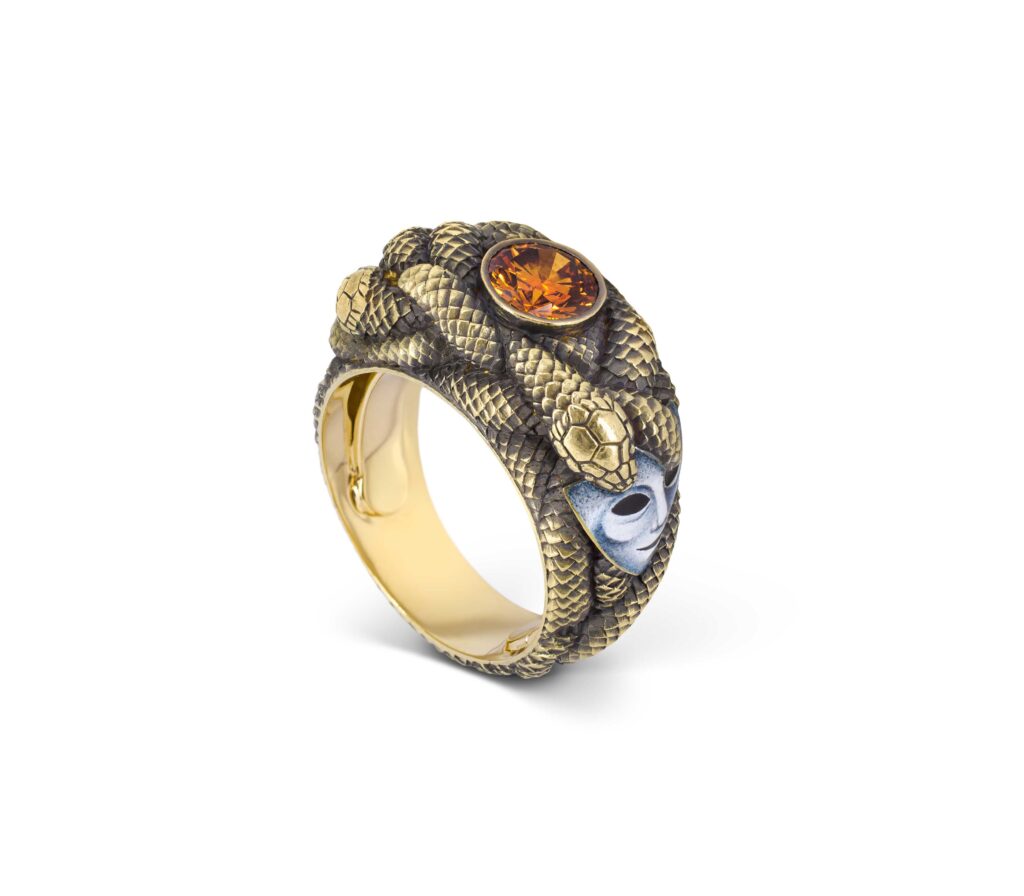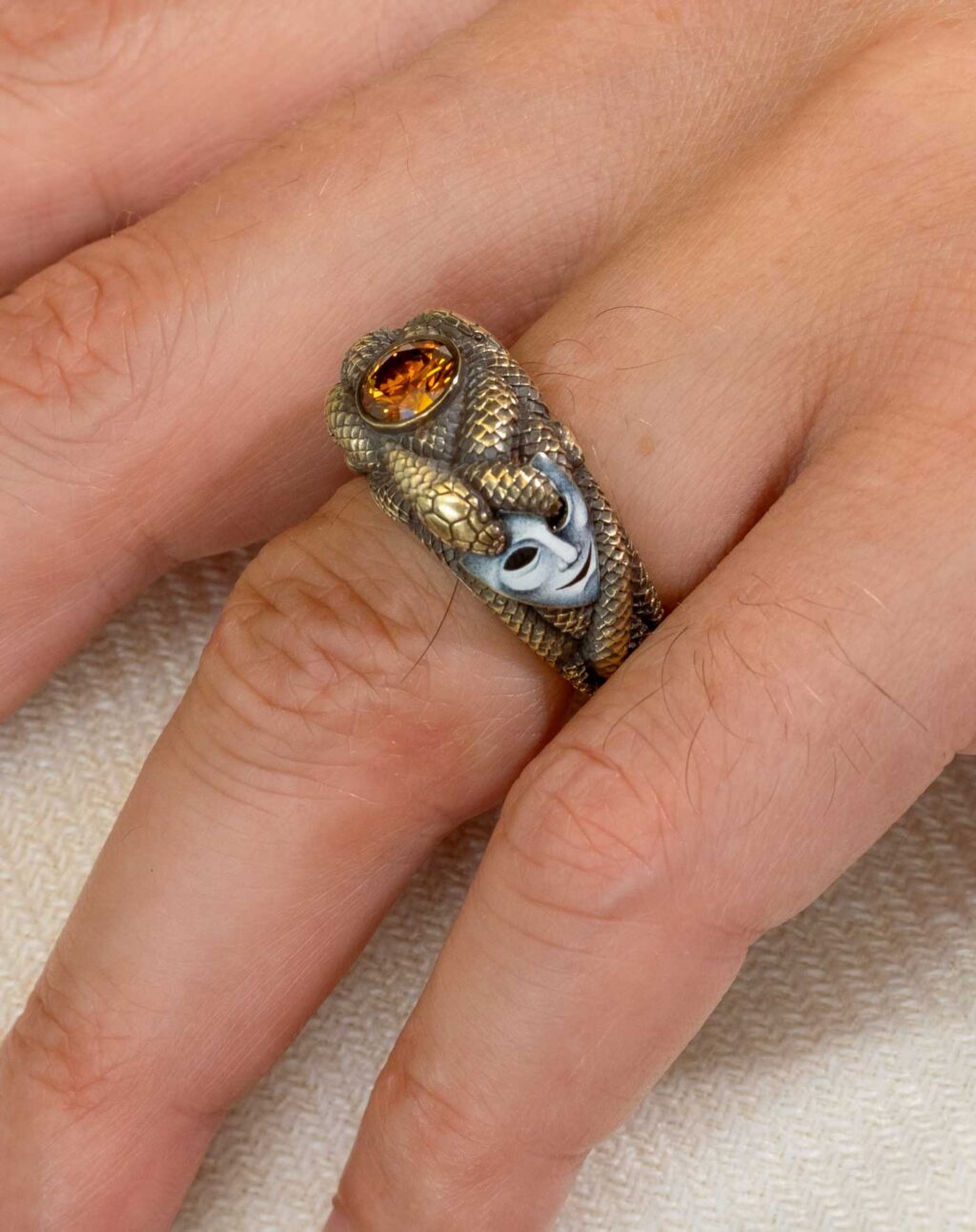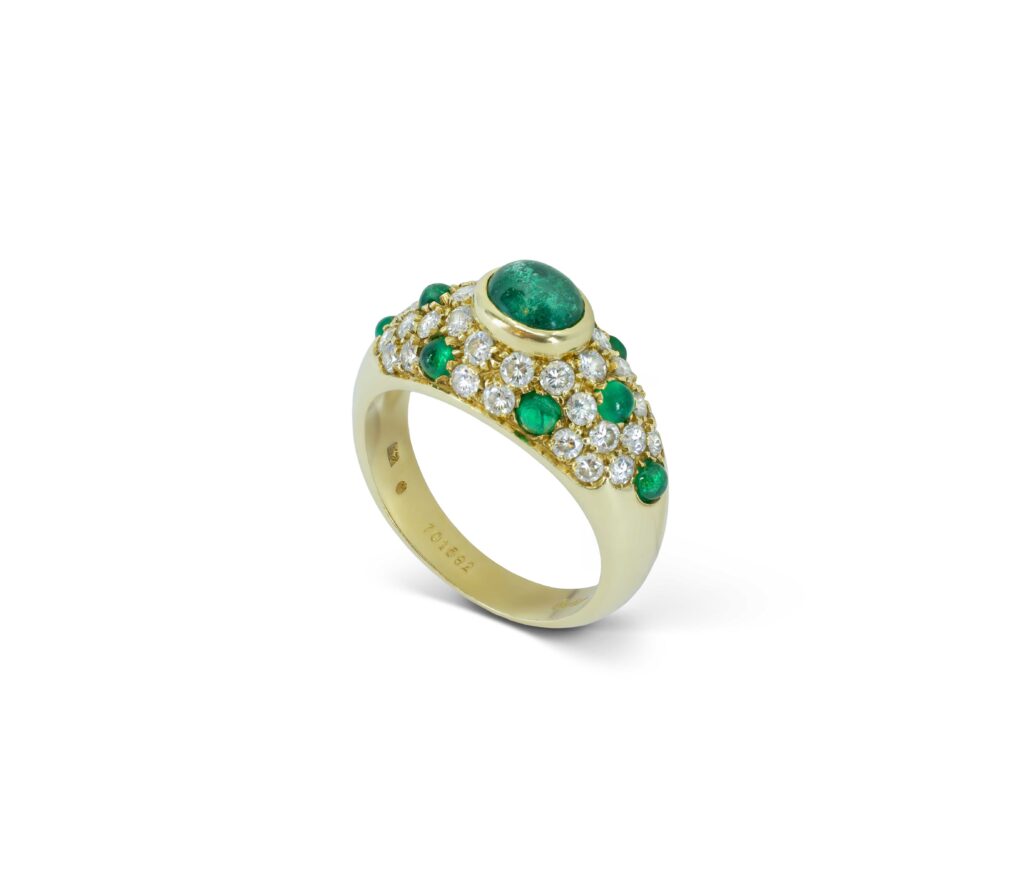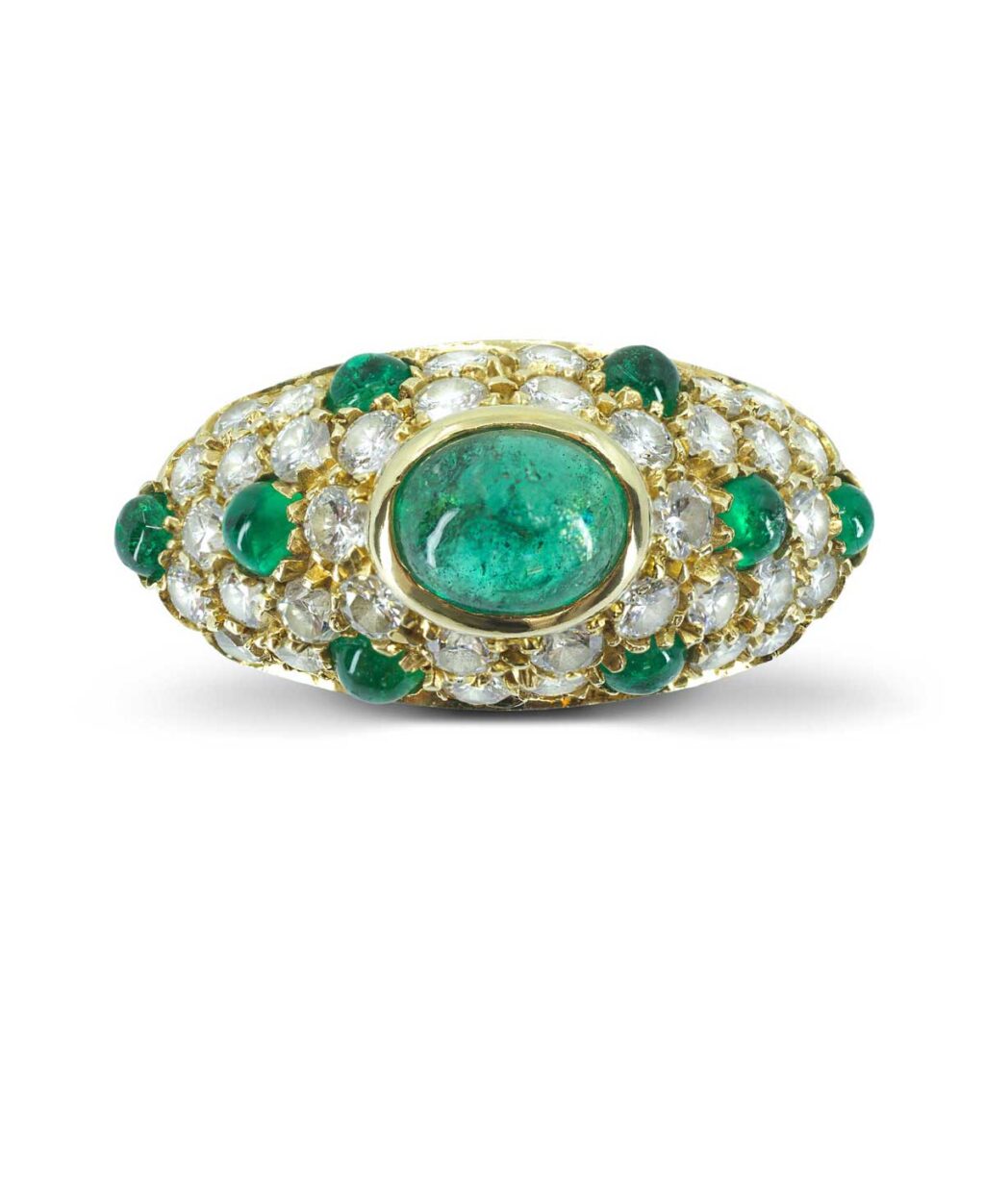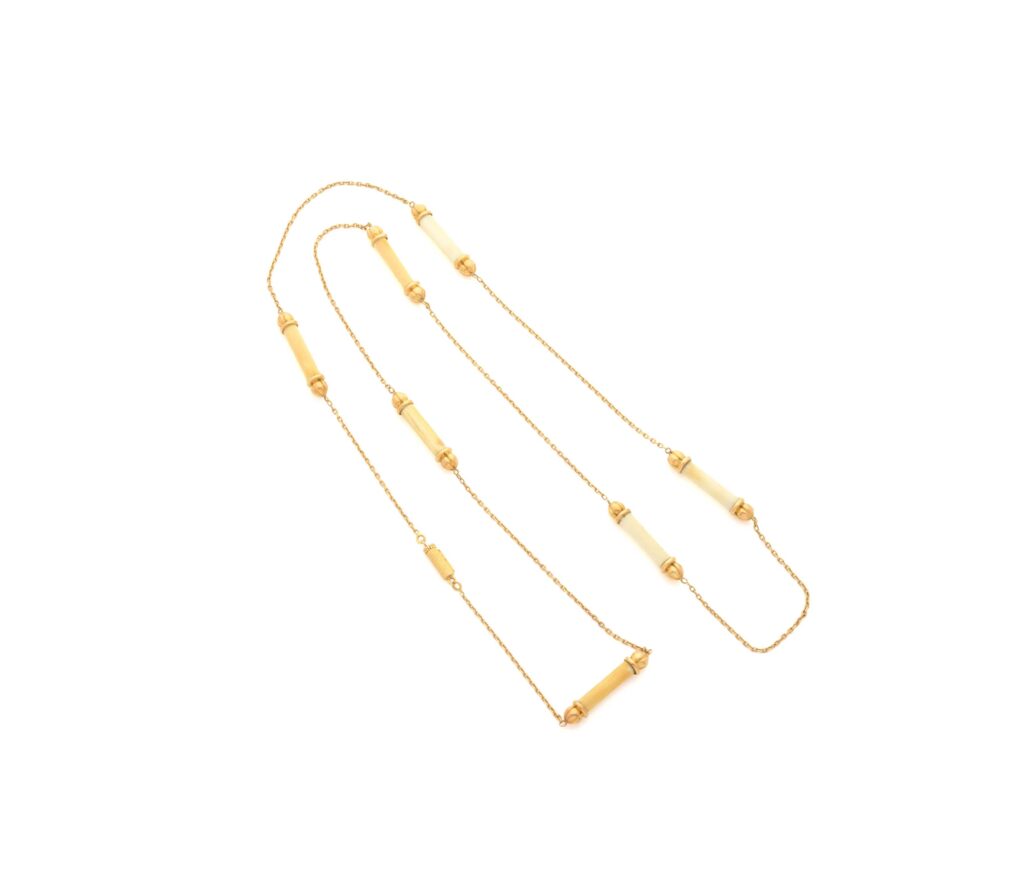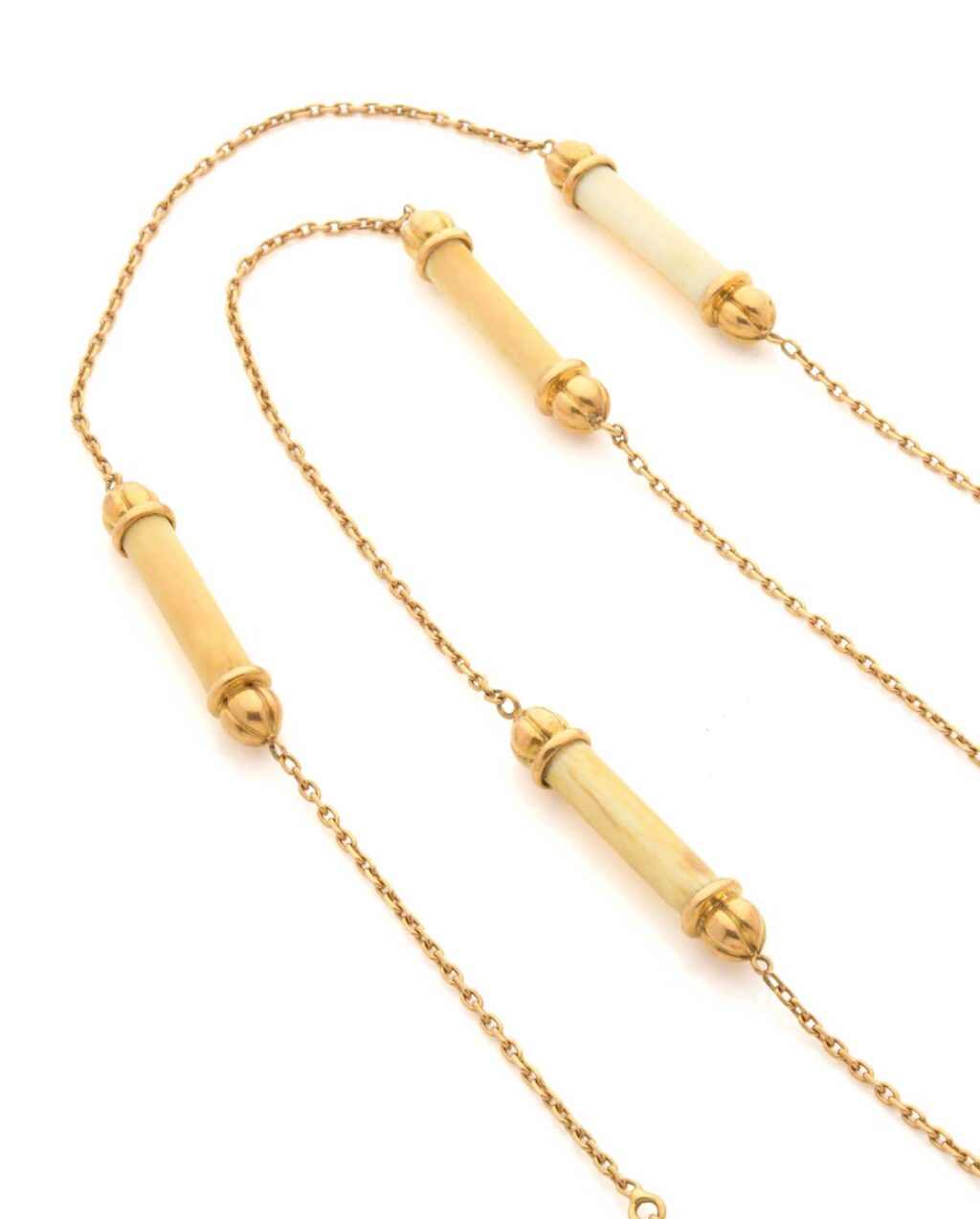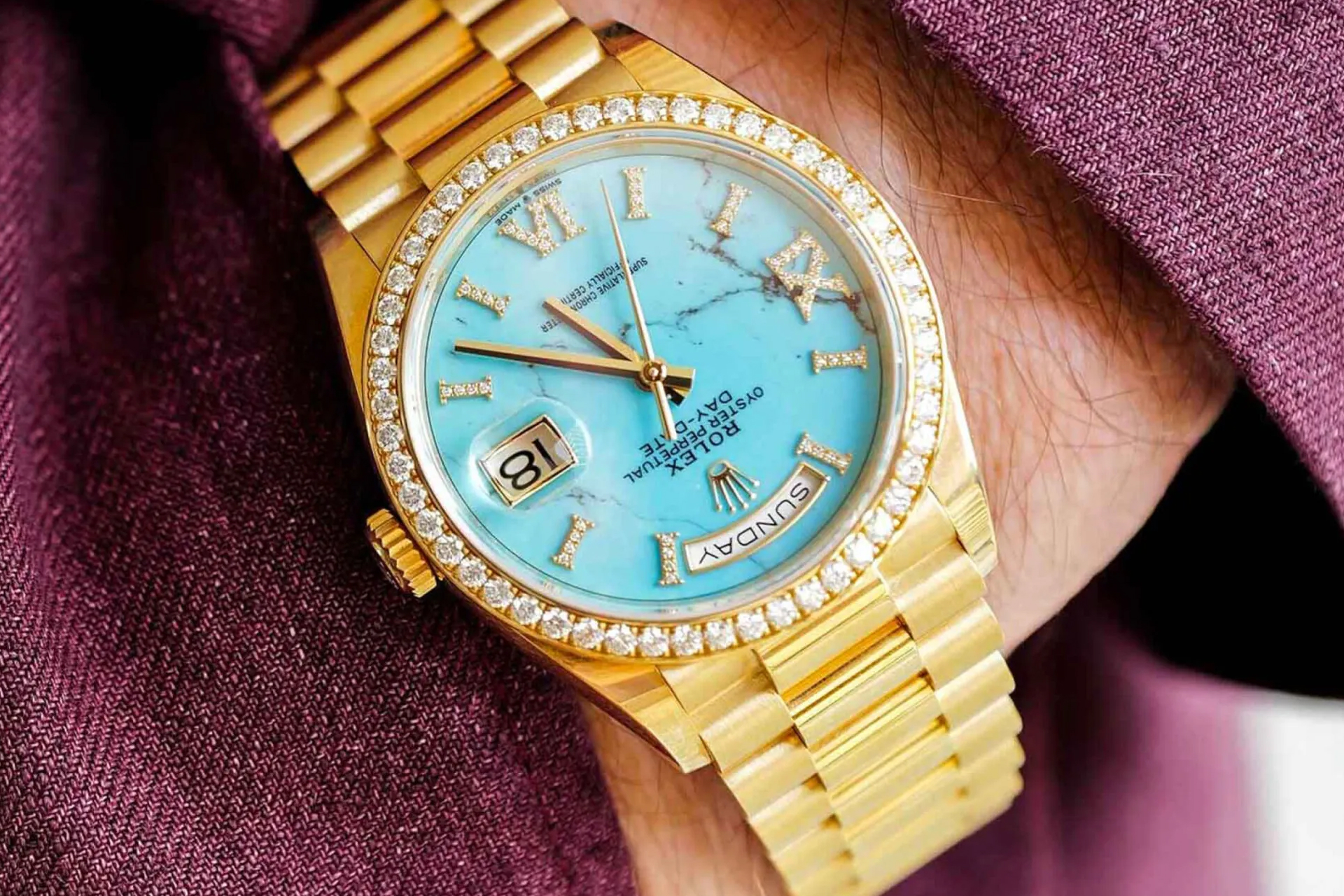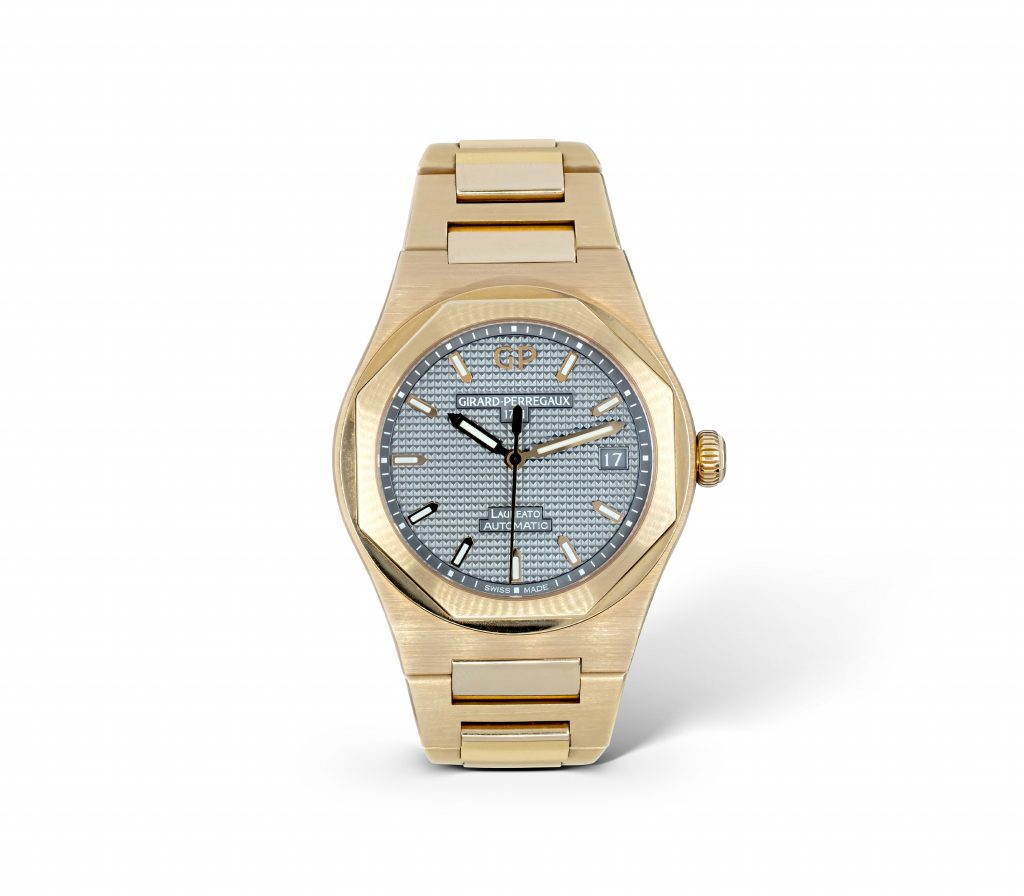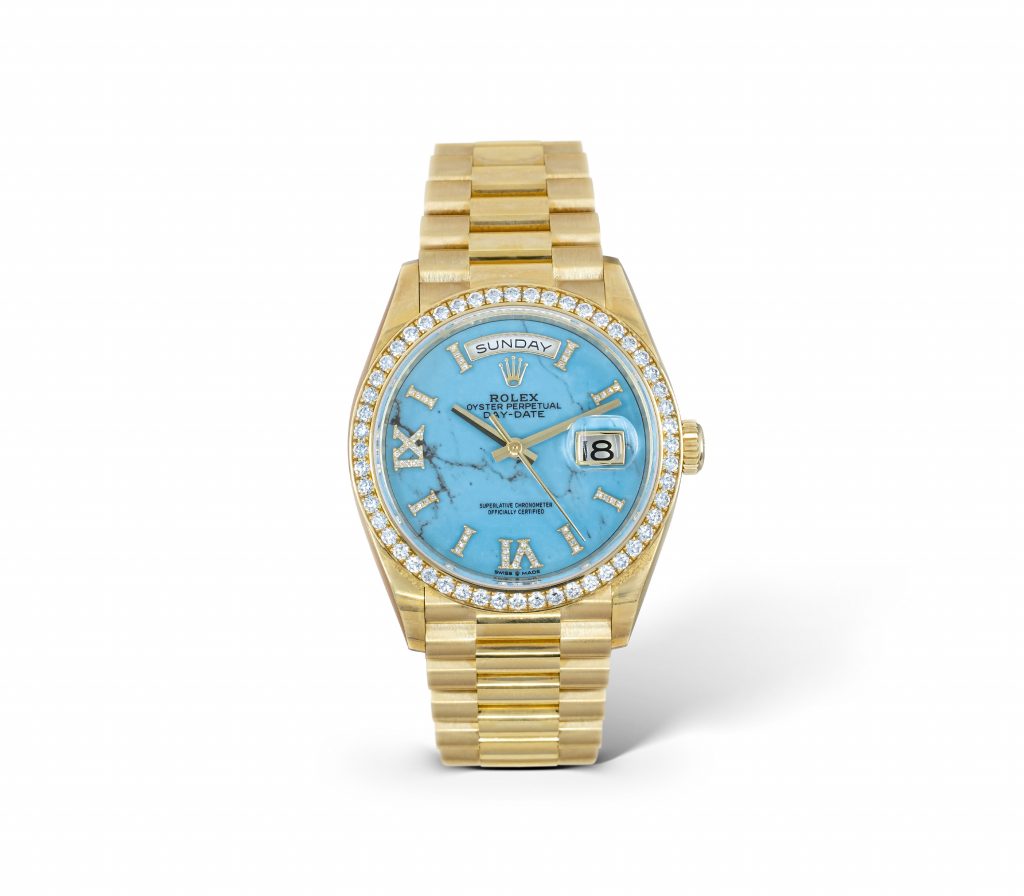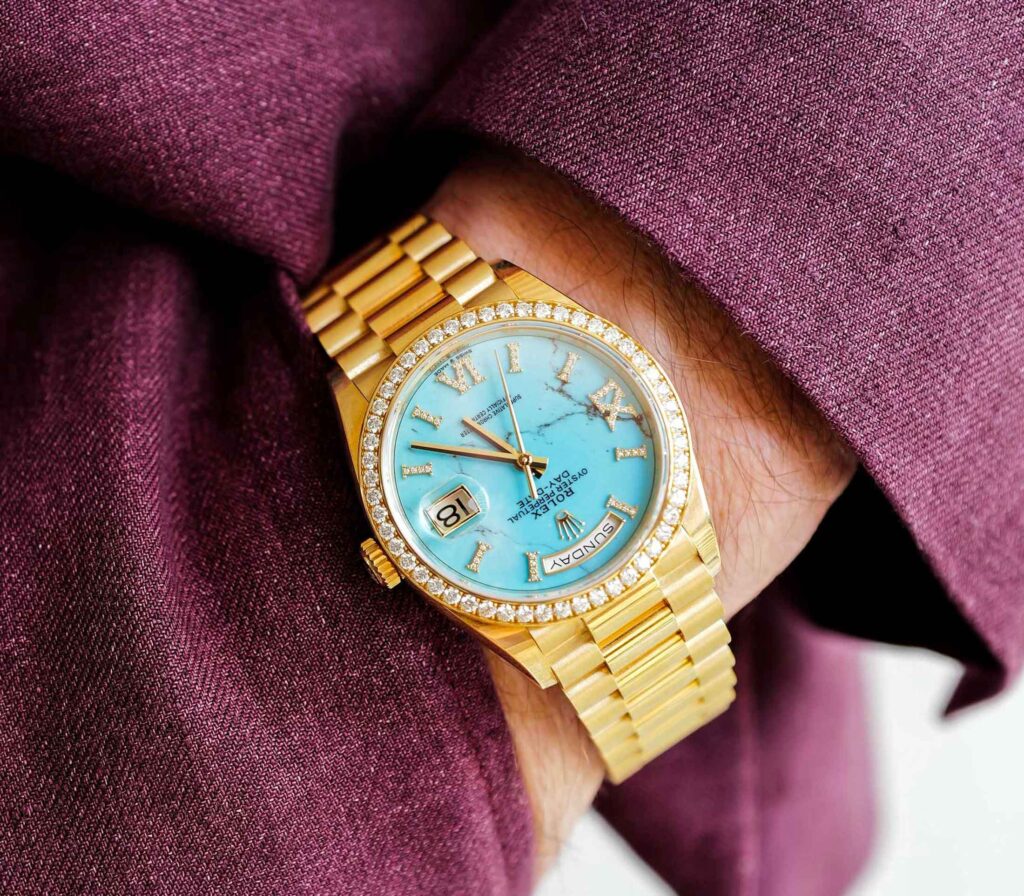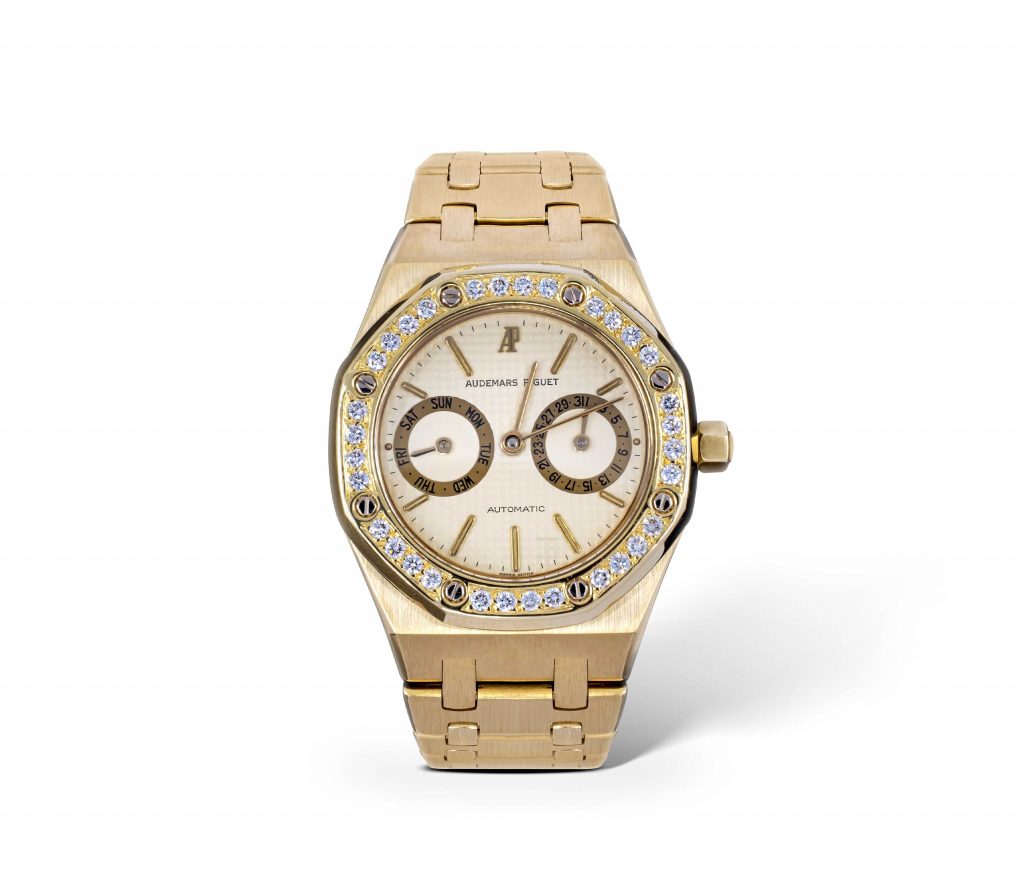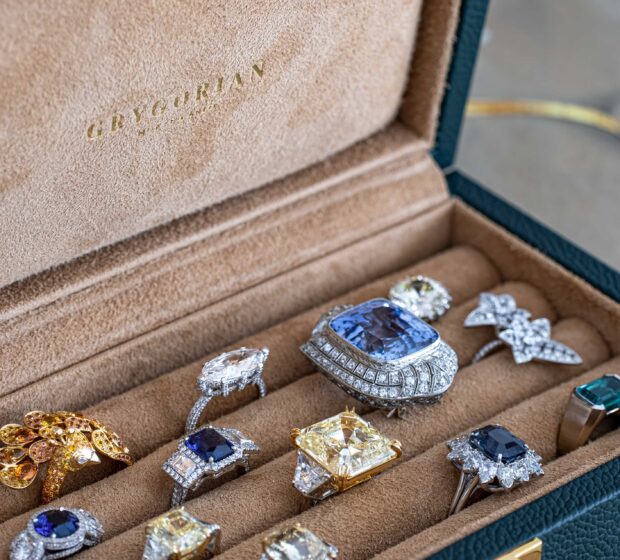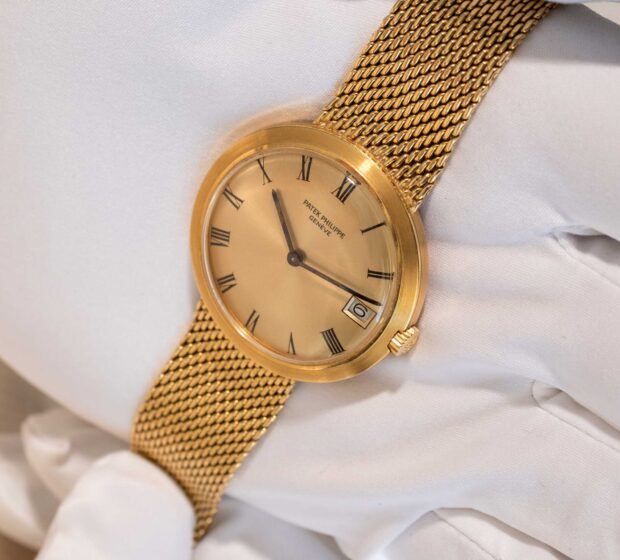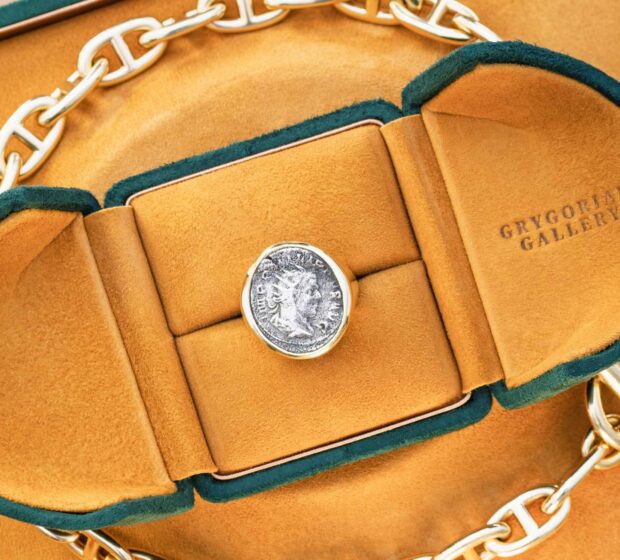The Rise of the Luxury Sports Watch: Icons of the 1970s and Beyond
Something extraordinary occurred in the universe of horology just over fifty years ago. An audacious idea was quietly brewing among Swiss artisans and visionaries: timepieces made not only for black-tie affairs or desk-bound precision but for those who craved adventure wrapped in unapologetic elegance. This was the genesis of the luxury sports watch—a synthesis of artistry and athleticism, utility and opulence. The very notion rattled traditionalists. Why should a high-end mechanical watch defy the conventions of dressiness, embracing instead the world of steel, water resistance, and robust design? The answer unfolded through revolutionary icons of the 1970s, and the aftershocks of that decade still ripple through the collections of connoisseurs and creatives today.
Winding back to the early 1970s, the watchmaking world faced a crisis of confidence. The Quartz Revolution threatened the dominance of mechanical movements; centuries of craft appeared under siege by the ticking certainty of battery-powered accuracy. Out of this turmoil, instead of surrender, Swiss maisons catalyzed a movement that would recalibrate not only mechanics but also aesthetics and lifestyle aspirations.
A New Paradigm: The Birth of the Steel Luxury Sports Watch
The era’s defining moment arrived in 1972 with a sketch by a young designer, Gérald Genta. What he drew overnight for Audemars Piguet would upend expectations: the Royal Oak. Genta’s vision was radical—angular, bold, and encased entirely in stainless steel, albeit polished and finished with the care previously reserved for gold. The Royal Oak was priced more ambitiously than many solid gold dress watches of the time. Its pioneering octagonal bezel, visible screws, and integrated bracelet immediately set it apart.
Collectors and historians view the Royal Oak as the first true luxury sports watch, and for good reason. In one body, it captured the practicality of water resistance and the bravura of haute horlogerie. The dial’s “Tapisserie” texture was an ode to pattern and tactility, while the thin automatic movement inside whispered confidence. The Royal Oak was not just a watch. It was a statement: mechanical mastery could be daring and modern.
The ripples from Audemars Piguet’s boldness inspired the great maisons to forge their own legends, sparking a golden age for designer-led, stainless steel-cased masterpieces.
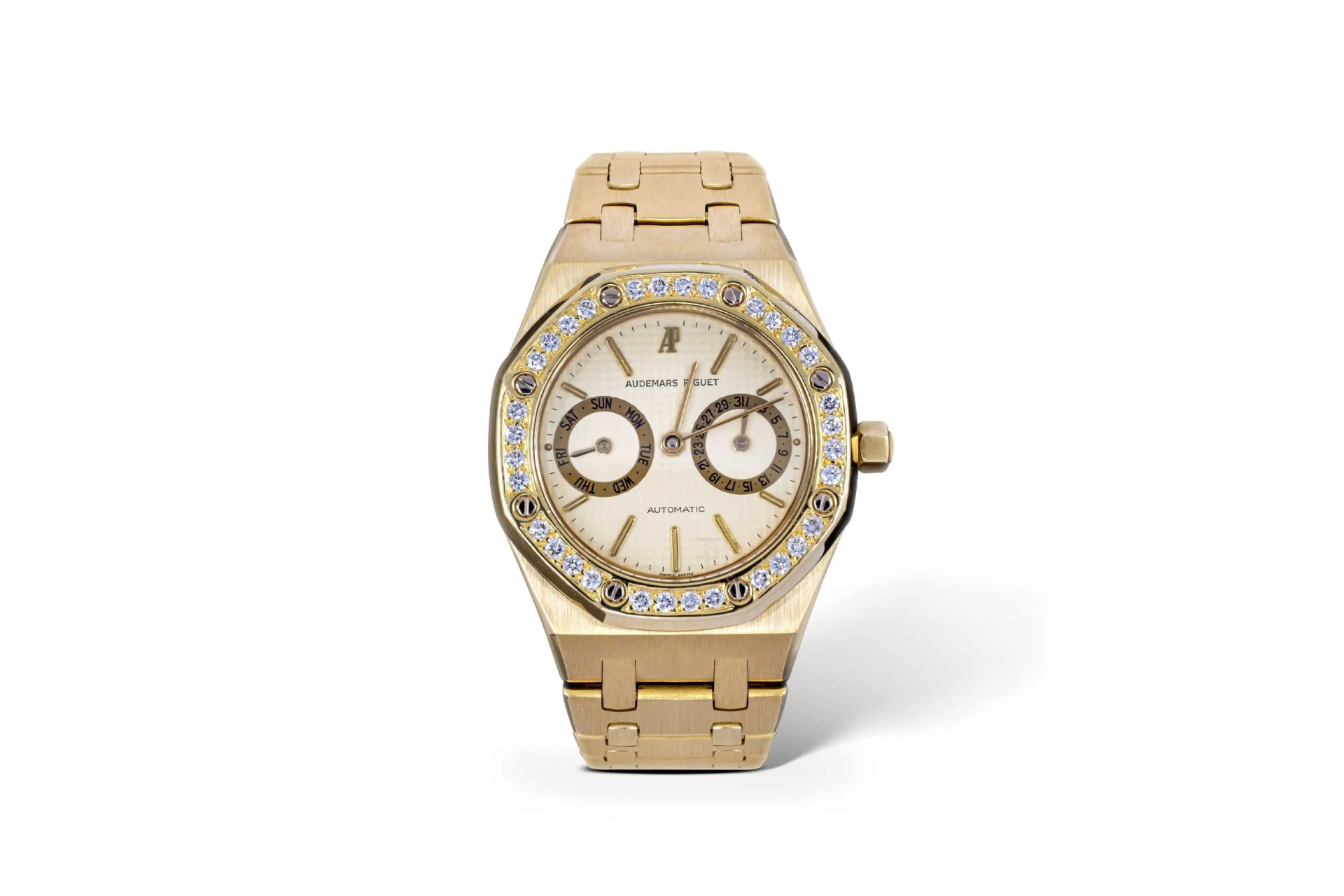
The Heroic Icons of the 1970s
A vibrant club of icons soon emerged—each with its own personality, story, and sport-inspired lineage. These watches weren’t born in a vacuum; each owes its success to the zeitgeist, responding to the needs of those crossing oceans, scaling mountains, or stewarding fortunes.
Patek Philippe Nautilus: Elegance on the Waves
Four years later, in 1976, Patek Philippe unveiled its own answer to the changing times: the Nautilus. Once again, Gérald Genta was the creative force, and once again, the world was captivated. The Nautilus, with its rounded octagonal bezel and “ears” on either side of the case, evoked the grandeur of ocean liners and the romance of travel. Its horizontally embossed dial shimmered like sunlight on water, while its integrated bracelet offered both comfort and style.
The Nautilus was more than a watch; it was an invitation to a lifestyle—one of leisure, exploration, and understated luxury. It spoke to those who sought adventure without sacrificing elegance, who understood that true sophistication lies in the details. Today, the Nautilus remains one of the most coveted timepieces in the world, a testament to Patek Philippe’s enduring mastery.
Rolex Oyster Perpetual Explorer II: The Spirit of Discovery
While Audemars Piguet and Patek Philippe were redefining luxury, Rolex was quietly perfecting the art of the sports watch. In 1971, the Oyster Perpetual Explorer II made its debut—a tool watch designed for spelunkers, adventurers, and those who dared to venture where others would not. With its robust steel case, luminous markers, and distinctive 24-hour hand, the Explorer II was built for extremes.
Yet, beneath its rugged exterior lay a quiet elegance. The Explorer II was a watch for those who understood that true luxury is not about ostentation, but about reliability, precision, and the confidence to face the unknown. It is this spirit of discovery that continues to define Rolex, and which finds a natural home in the curated collection of Grygorian Gallery.
Vacheron Constantin 222: Heritage in Harmony
Vacheron Constantin sought to celebrate its 222nd anniversary in 1977 with the 222. This model was the maison’s steel rejoinder, blending its storied lineage with the geometric, muscular design language of the era. The 222’s monobloc construction, notched bezel, and clean lines later influenced Vacheron’s modern Overseas models, proving that innovation need not betray heritage.
IWC Ingenieur SL: Technical Excellence
IWC’s Ingenieur SL, also designed by Genta in 1976, presented an industrial, almost scientific approach to luxury sports watches. Its antimagnetic properties and prominent screw-down bezel appealed to engineers and explorers. Within its robust steel case ticked a movement protected from the shocks and fields encountered in a technological world powering into the digital era.
Piaget Polo: Elegance at Play
Embodying another side of luxurious athleticism, Piaget introduced the Polo in 1979. Playful, elegant, and rooted in jet-set sophistication, the Polo married gold and steel with polo-inspired ridges. Its presence on wrists at Monte Carlo racetracks and Manhattan parties reminded the world that sporting watches could still swing with the socialites.
A Comparative Glance
Let’s compare a few of these icons, not merely as technical artifacts but as expressions of their makers’ philosophies:
| Model | Launch Year | Designer | Notable Feature | Maison Philosophy |
|---|---|---|---|---|
| Audemars Piguet Royal Oak | 1972 | Gérald Genta | Octagonal bezel, integrated bracelet | Audacious, boundary-pushing luxury |
| Patek Philippe Nautilus | 1976 | Gérald Genta | Rounded porthole case, embossed dial | Understated elegance, maritime inspiration |
| Vacheron Constantin 222 | 1977 | Jorg Hysek | Monobloc case, minimalist chic | Heritage redefined for a new era |
| IWC Ingenieur SL | 1976 | Gérald Genta | Antimagnetic, industrial look | Technical brilliance, tool watch ethos |
| Piaget Polo | 1979 | Yves G. Piaget | Gold integrated bracelet, “stripes” | Sporty elegance, jet-set lifestyle |
Each model not only tackled the technical challenges of water resistance, shock absorption, and precise movement but also projected a unique persona—the romantic, the adventurer, the thinker, the athlete.
The DNA of an Icon: What Defines a Luxury Sports Watch?
Diving deeper than aesthetics alone, the DNA of these watches is encoded in their contradictions. They are as at home beneath a French cuff as they are peeking from a wetsuit. Several features consistently define the genre:
- Water Resistance: Most luxury sports watches of this period transcended the minimal resistance of older dress watches. Twenty to 120 meters became standard, inviting confidence on land and sea.
- Integrated Bracelets: The bracelet is neither afterthought nor accessory. It flows seamlessly from case to wrist, a visual and tactile signature reminiscent of sculpture.
- Mechanical Movements: While quartz technology threatened to overtake, the mechanical movements inside these icons were refined to near-mythic reliability and thinness.
- Design Innovation: Strong lines, geometric shapes, and new dial textures—each model broke traditions, laying foundations for future generations.
- Versatility: From formal boardrooms to rugged landscapes, these watches promised style without sacrificing substance.
Enduring Relevance: Why the 1970s Icons Still Matter
Half a century later, the allure of these watches only grows, underscoring a rich timepiece history that continues to captivate enthusiasts across generations. The reasons are both nostalgic and forward-looking; collectors speak with the same excitement as those original buyers, but with a reverence for the stories these models represent.
Designers and houses understand that craftsmanship and art must dance together. The choices made by Genta, Hysek, and Piaget were not simply stylistic—they reflected shifts in society’s appreciation for active lifestyles, individuality, and subtle expressions of wealth.
The modern reinterpretations and tributes are testaments to this staying power. Contemporary lines draw direct inspiration from their founding models while continually improving materials, movements, and customization. Sapphire casebacks, ceramic bezels, and advanced alloys echo the same audacity that once shocked the world.
Owning a Piece of History
For those seeking a connection to the golden era of watchmaking, vintage examples offer more than mere utility. Wearing a 1970s Royal Oak, a Nautilus, or a Vacheron Constantin 222 is to don both an heirloom and a talisman. Each scratch or patina tells a story unique to the lives it has accompanied.
Collectors today face passionate competition as demand for these models increases. Provenance, originality, and unpolished cases garner a cult following. The chase for a reference 3700 Nautilus, a “Jumbo” Royal Oak, or early Ingenieur SL by Gerald Genta has become an odyssey of taste and discernment.
Grygorian Gallery specializes in offering curated examples from this golden age, each authenticated and lovingly preserved. Anyone drawn to the character and charisma of these icons can peruse rare finds directly in the Grygorian Gallery vintage watch catalogue.
Evolution Through the Decades: Beyond the 1970s
While the seismic events of the ’70s still captivate collectors’ imaginations, the genre matured and diversified well into the late twentieth and twenty-first centuries. The codes set during the formative years were reinterpreted in vibrant new ways, as luxury sports watches transformed from niche audacity into international status symbols.
Vacheron Constantin Overseas: The Traveler’s Companion
In 1996, Vacheron Constantin introduced the Overseas—a watch that embodied the spirit of travel and adventure. With its bold lines, Maltese cross-inspired bezel, and exceptional finishing, the Overseas was both a tribute to the past and a vision of the future. It was a watch for the modern voyager, equally at home in the world’s great cities and its wildest frontiers.
Girard-Perregaux Laureato: The Connoisseur’s Choice
First launched in 1975, the Girard-Perregaux Laureato was another early entrant in the luxury sports watch arena. Its octagonal bezel and integrated bracelet paid homage to the era’s design language, while its refined movements and attention to detail set it apart. The Laureato has enjoyed a renaissance in recent years, its timeless appeal resonating with a new generation of collectors.
Omega Seamaster and Speedmaster: Legends in Motion
No discussion of luxury sports watches would be complete without mention of Omega. The Seamaster, introduced in 1948, and the Speedmaster, launched in 1957, predate the 197s revolution but have evolved in tandem with it. The Seamaster’s association with James Bond and the Speedmaster’s journey to the moon have cemented their status as icons—watches that marry technical prowess with cinematic glamour.
The 1980s: Flash and Form
The economic boom of the 1980s brought with it a taste for bigger statements, often embodied by the dive watch as a fusion of bold design and functionality. Houses doubled down, offering precious metal versions and new complications. Bulova’s Marine Star, TAG Heuer’s Aquaracer line, and two-tone expressions of the Royal Oak and Nautilus became emblems of Wall Street and celebrity culture.
The Rolex Daytona, after remaining relatively under the radar for years, found renewed popularity among icons like Paul Newman. Its chronograph spirit and assertive silhouette made it as apt for the racetrack as for movie premieres.
The 1990s: Sports Watches Meet Pop Culture
The 1990s were defined by eclecticism in fashion and technology, translating to bolder colors, collaborations, and the proliferation of limited editions. Materials such as titanium and ceramics entered the vocabulary. The Audemars Piguet Royal Oak Offshore—designed by Emmanuel Gueit in 1993—stood out with its pronounced size, rubber accents, and readiness for modern adventure.
Luxury sports watches transitioned from the wrists of aristocrats to those of innovators, athletes, and artists, helping to democratize and globalize watch culture.
Into the 2000s and New Frontiers
The turn of the millennium witnessed a return to roots, but with a contemporary twist. Sapphire crystals, display backs, in-house movements, and innovative complications became the new benchmarks. The Nautilus line welcomed chronographs and annual calendars. Vacheron Constantin evolved the 222 into the Overseas, blending travel complications with unmistakable design DNA.
The Patek Philippe Aquanaut emerged in 1997 and blossomed further in the new century. With its composite “Tropical” strap and bold numerals, it channeled urban dynamism, attracting a younger, more diverse collector base.
Other maisons responded with their own icons. The Hublot Big Bang, Omega Seamaster Diver 300M, and an array of Richard Mille references, combined avant-garde materials with an unapologetic presence, shifting the genre into futuristic territory.
2010s and Modern Icons
Innovation flourished in the last decade. Watch houses deployed high-grade ceramics, carbon composites, and even transparent sapphire cases. Green dials, boutique editions, and “stealth wealth” styling drew new generations into the conversation.
Brand collaborations with athletes, artists, and even streetwear designers became common, reinforcing the connection between sport, art, and fashion. The very codes that defined the 1970s—versatility, design daring, and superlative finish—were reimagined repeatedly for a fast-moving, global audience.
Persona and Passion: More Than a Watch
Collecting these timeless pieces isn’t just an exercise in taste; it’s a search for self-expression and connection. Each icon carries a persona—a quietly confident Royal Oak, a cosmopolitan Nautilus, or a rebellious Royal Oak Offshore. These watches do not simply record adventures. They become trusted companions, symbols of values and preferences, and sometimes, the heirlooms through which stories are carried from one generation to the next.
Owners appreciate that luxury sports watches embody more than sport or status; they marry poetry and practicality in a work of wearable art. A single timepiece can be both a spur-of-the-moment indulgence and a lifetime investment.
Trends, Values, and the Horizon Ahead
Today, luxury sports watches sit at fascinating crossroads. Demand far outstrips supply for vintage references; waiting lists for modern equivalents reach epic lengths. The ecosystem of collecting, restoring, and trading these pieces has cultivated communities bonded by admiration for engineering, design, and narrative.
The value proposition constantly shifts, influenced by:
- Rarity of original models and configurations
- Story and provenance tied to particular pieces or owners
- Technical innovation, especially in movements and materials
- Brand heritage and legacy
- Shifting trends in style, such as the return to smaller-sized cases or integrated bracelets
Collectors remain ever alert to rising stars—sometimes from little-known microbrands or experimental ateliers—while still coveting the icons. The symbiosis between classic and contemporary keeps the market vibrant and unpredictable.
In a world that often prizes the digital and the fleeting, the persistence of mechanical luxury sports watches serves as a tribute to the enduring appeal of tangible craftsmanship and the evocative power of personal style. Each piece from Grygorian Gallery preserves these qualities, offering its owner the chance to wear both a history and a hope around their wrist. Those who seek to add such icons to their lives need look no further than the curated Grygorian Gallery vintage watch catalogue, where sport and sophistication are always in motion.

